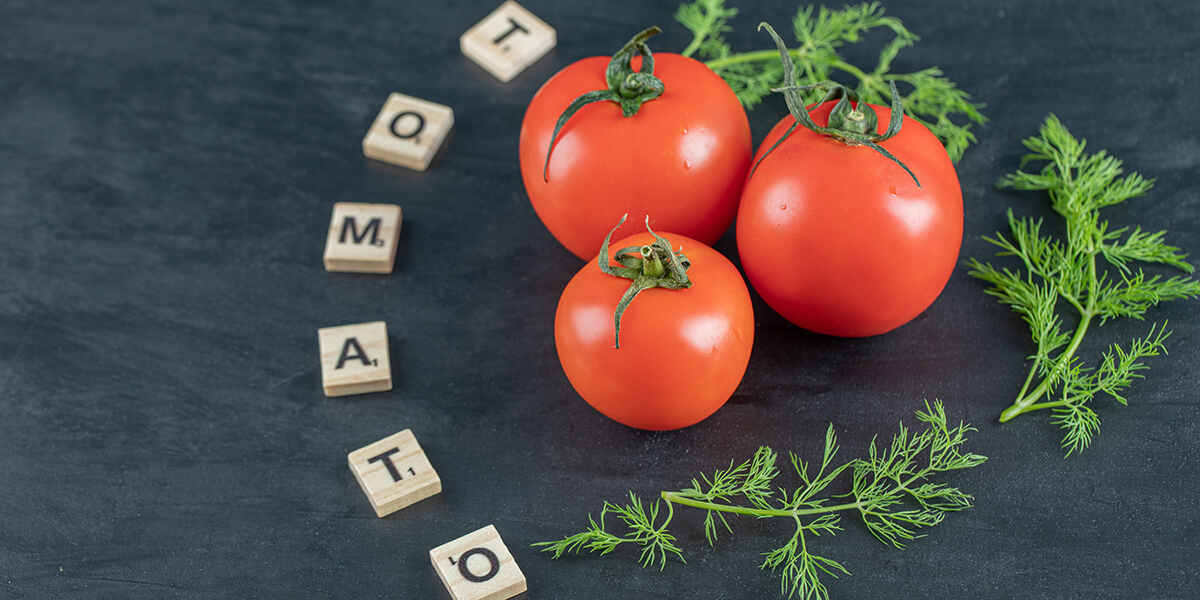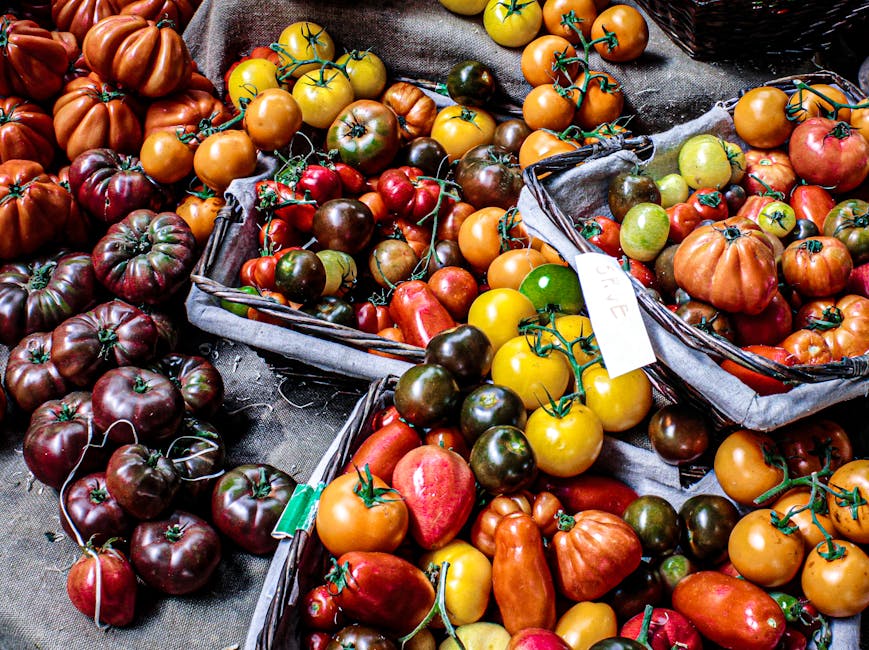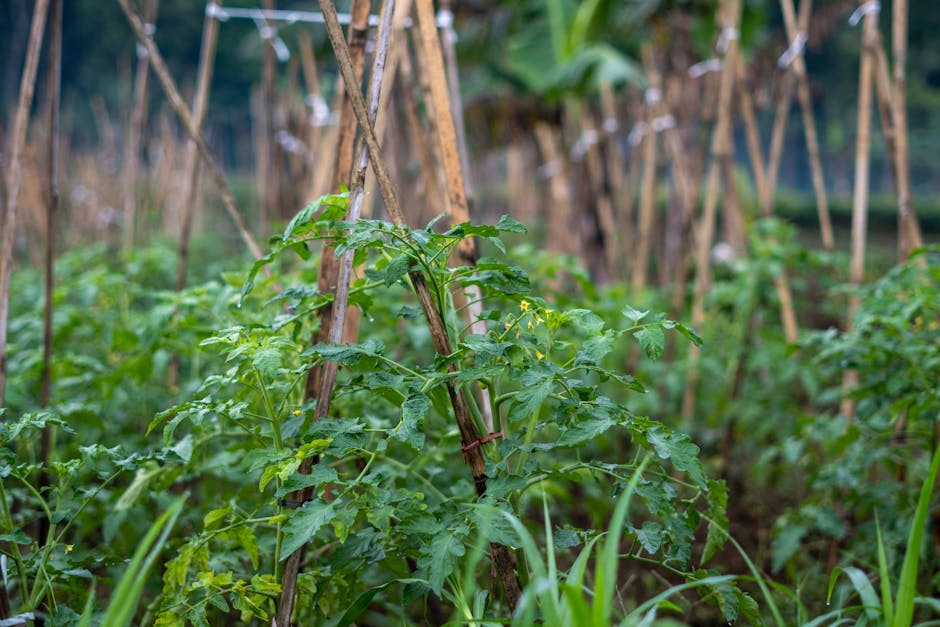Who doesn’t love a big, juicy tomato? Many home gardeners quest after the perfect tomato, but it’s not as simple as sticking seeds in the ground and letting them grow. If you fail to give your plants adequate nutrition, you’ll have disappointing yields, poor growth, and mealy, tasteless tomatoes.
The passionate folks at A Garden Patch are here with the following guide to help you understand nutrient deficiency in tomatoes, what to look for, and how to fix it.
If your tomatoes haven’t lived up to your expectations, skip the hassle of figuring out fertilizer and try the GrowBox instead. Its nutrient patches automatically give tomatoes nitrogen, phosphorus, garden dolomite, and everything else they need to grow big and strong.
Nitrogen
Nitrogen deficiency leads to weak, stunted plants. If your tomato plant lacks nitrogen, you’ll see older leaves turn pale green, yellow, or reddish first. As the deficiency progresses, young leaves become discolored, too. New leaves will appear smaller than normal. In some cases, the plant will shed leaves because it doesn’t have enough energy to sustain them. If the plant has too much nitrogen, on the other hand, you’ll notice blossoms falling off before they get a chance to set fruit.
To correct low nitrogen, amend plants with a nitrogen-heavy fertilizer, such as ammonium sulfate or urea. Organic options include coffee grounds and grass clippings.
Magnesium
Magnesium deficiency typically presents as interveinal chlorosis (yellowing of tissue between veins) in the most mature leaves. This deficiency gradually spreads to younger leaves as well. Leaf centers may appear orange or yellow.
Fertilizer options include magnesium sulfate (Epsom salt), magnesium nitrate, and magnesium oxide. Don’t overfertilize with magnesium, as it may compete with other nutrients, such as potassium and calcium, which causes a nutrition imbalance in plants.
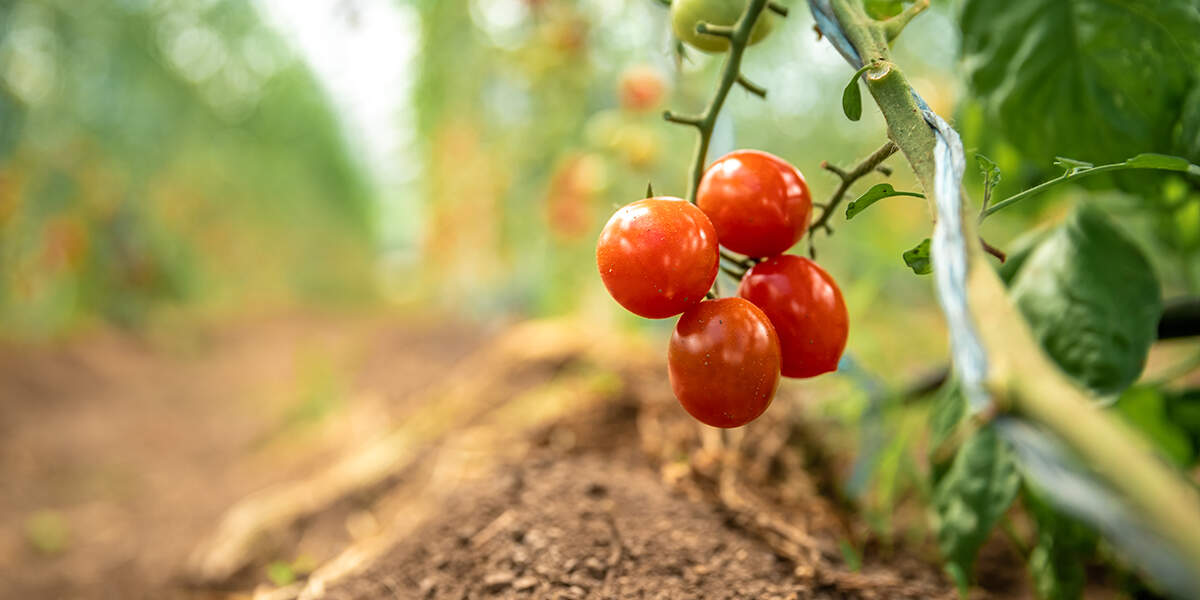
Phosphorus
Phosphorus deficiency shows up as a telltale darkening of tomato leaves. Mature leaves develop a purplish or reddish tint on their backs or around the veins. Plants grow more slowly than normal, and stalks develop an abnormal curve.
High-phosphorus amendments include rock phosphate, ammonium phosphate, and bone meal. Don’t overfertilize with phosphate because too much can block the absorption of copper, zinc, and iron. Excessive phosphorus can also leach out of the soil and pollute local waterways.
Potassium
Plants need a high amount of potassium to produce healthy, mature fruit. If gardeners don’t supply enough potassium, tomatoes will mature unevenly and may develop a yellow star-shaped mark near their apex. Leaves also turn yellow, starting with the oldest, then curl upward. Leaf veins may turn brown or gray.
To improve potassium-deficient plants, fertilize them with potassium chloride. Be careful not to apply more than the recommended amount, though, as too much can burn plants and block the absorption of iron, zinc, manganese, and magnesium. For young plants, try monopotassium phosphate, which boosts root growth. Organic options include kelp meal, hardwood ashes, and greensand.
Iron
Iron deficiency shows up as interveinal chlorosis, or yellowing between leaf veins. This condition typically affects new growth first. Surprisingly, an iron deficiency doesn’t mean your soil lacks iron. Rather, it usually means the soil is too alkaline for tomatoes to grow properly. Tomatoes prefer a slightly acidic pH range of 6.2 to 6.8.
Adding too much wood ash or garden lime will alter soil pH and make it too alkaline for your tomato plants. To amend alkaline soil, use aluminum sulfate or iron sulfate. Before adding amendments, test your soil’s pH to verify its acidity or alkalinity. Amending the pH too much can cause tomato plants to grow slowly or die off completely.
True iron deficiency is relatively rare, but it can develop if your soil is too wet, heavily compacted, or rich in clay. Give iron-deficient plants a boost by spraying foliage with a diluted ferrous sulfate solution.
Manganese
Manganese deficiency appears as spots between the veins of young leaves. If gardeners don’t correct the deficiency, leaves gradually die. Plants also put out fewer blossoms throughout the growing season, resulting in a low tomato yield.
To fix manganese deficiency, apply manganese sulfate to the soil or leaves as a foliar spray. Follow the product directions carefully — excessive manganese causes brittle roots, oddly shaped leaves, and grayish discoloration of shoots, leaves, and stems.
Perform a Soil Test
If you suspect a nutrient deficiency in your tomato plants, don’t reach for the fertilizer right away. Adding random amounts of different fertilizers can cause plants to drop fruit, develop more slowly, or even stop growing altogether.
It’s smart to do a soil test first before amending plants with any type of fertilizer. Soil tests for use in home gardeners are readily available to buy online. These tests give you a general idea of soil pH and nutrient levels, but gardeners should know they may not be entirely accurate.
For better results, purchase a test from your local university’s agricultural department. Some counties offer soil testing, too. Your results will include a detailed report on soil deficiencies and amendment recommendations.
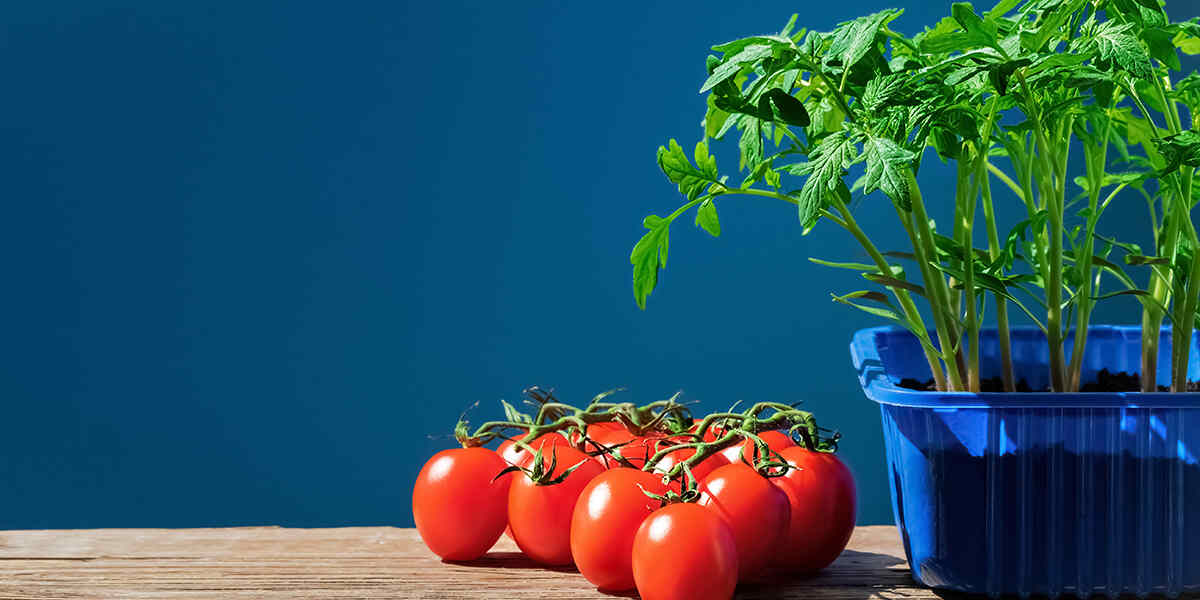
Provide Great Growing Conditions for Your Tomatoes
Your tomatoes have a better fighting chance against nutrient deficiencies if you give them the best possible growing conditions. Our tips are as follows:
- Give tomato plants only about one inch of water per week to avoid oversaturating the soil. The GrowBox waters plants for you, giving you one less thing to worry about.
- Hand-pick any weeds that pop up in your garden bed. Unwanted plants steal nutrients from tomato plants, leading to deficiencies that are hard to correct.
- Add a thick layer of mulch below plants to keep roots cool and the soil moist.
Stop Guessing What Your Tomatoes Need With the GrowBox
As you’ve seen, growing great tomato plants takes a lot of time and work. If you’re sick of struggling with a nutrient deficiency in tomatoes, give the Garden Patch GrowBox a try. Our system releases tomato food automatically thanks to special feeding patches that contain essential garden nutrients. Order online or call (800) 519-1955 to order by phone, and enjoy your best tomatoes yet with the GrowBox!

